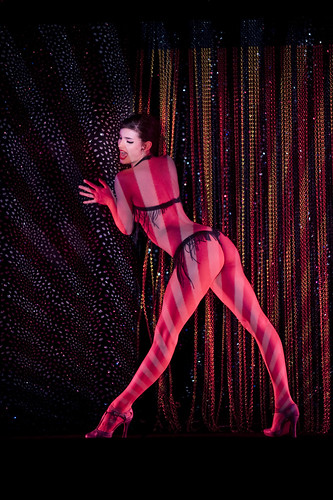
I recently wrote about PorteParole theatre’s Montreal documentary theatre performance Sexy Béton (Sexy Concrete) created by artistic director Annabel Soutar. And I have seen other documentary plays she put on in the past – one of them was “Seeds,” about Saskatchewan farmer Percy Schmeizer’s fight against Monsanto and its genetically modified seeds. Just as interesting and thought-provoking.
This is the theatrical equivalent of creative non-fiction, a fascinating literary genre. And even among visual and installation artists and filmmakers there is a lot of talk about the relationship between documentary and fiction these days. I asked Annabel why she thinks this is so.
>> Annabel: I think that artists become obsessed with the boundary between fiction and reality when, in real life, we have lost touch with what is ‘really going on’. We have arrived at a point where we, unwittingly or not, accept a fictional narrative about the real world. Why? Partly because the truth is too hard to face. Why would I want to talk about my credit card debt when I could just go and enjoy another sushi dinner without really paying for it?
But also, people of my generation (who came of age in the 80s) have grown up on the idea that the news is not a description of reality, but a source of entertainment. Since the 80s we have been bombarded with mediated current-event stories: the advent of the 24-hour news cycle, the birth of ‘niche news’ (business news, weather news, celebrity news, etc…) and the evolution of instant and personalized news through the Internet.
Recently, it has dawned on us that we probably aren’t getting a true picture of reality from the news media. And most recently, with the Wikileaks cables, we have abruptly learned that we have been completely duped about a lot of things. Why have we trusted news media for so long? Why haven’t we noticed that what the media has been saying isn’t really going on in the world?
Well… partly because we’ve just been enjoying the stories so much. The news is entertaining. But also because we have accepted that our relationship with the world around us should be completely mediated. We are no longer going out into the world ourselves to learn and document reality because we are so busy consuming ‘stories’ about it.
You could say that the mediated world has replaced the real world for most of us. And in that mediated world, the search for truth is much less relevant than the ability to grab peoples’ attention and create another layer of buzz.

>> MI: I am just reading a little book called ‘The Storyteller’ which my daughter Anna gave me. It’s about the ‘documentary turn’ taken by many artists. It says: “Faced with a reality fraught with global conflict, artists are increasingly seeking to respond to and come to terms with the world around them… events are re-imagined and thereby re-experienced through the artist’s personal encounter or the character’s narration.”
In your work, you have anchored your stories very solidly in a documented reality. Why? Will that strategy allow a closer relationship to a certain truth? Will that perceived relationship to the truth allow for a greater impact on the audience?
>> Annabel: I definitely feel like I NEED to research and write these documentary plays. Firstly because I can’t trust the version of the real word that is being presented to me by the media so I need to go out and experience the world first hand. But second, because if I don’t go out and encounter the real world in a concrete way, that world becomes an abstraction that is so easily misperceived, dismissed and neglected.
My theatre creation process is a process of engagement – engagement with ‘the other’, engagement between myself and experiences that were hitherto completely foreign to me, and ultimately engagement with the other artists I collaborate with to come to terms with what is really happening in the world.
Much of what “is happening” out there is invisible in our day-to-day lives, and much of what people are thinking and doing is unspeakable. The theatre brings concrete form to what we can’t see in the real world and gives the audience the courage and inspiration to speak about the unspeakable, and to recognize the invisible forces that are influencing their lives.
Thanks to Tobi Elliott for her help with this blog.













